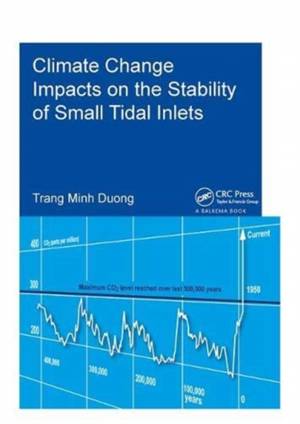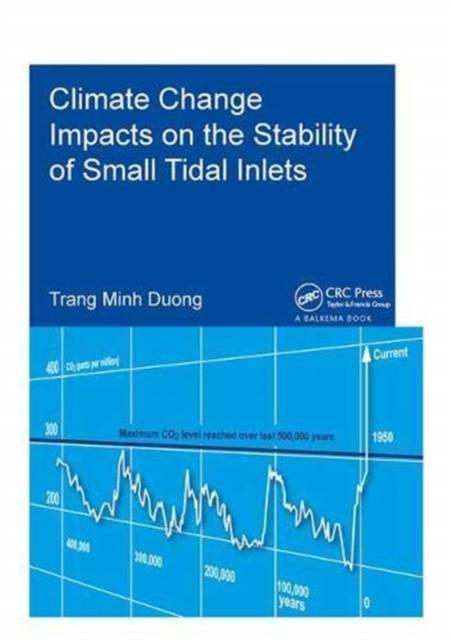
- Retrait gratuit dans votre magasin Club
- 7.000.000 titres dans notre catalogue
- Payer en toute sécurité
- Toujours un magasin près de chez vous
- Retrait gratuit dans votre magasin Club
- 7.000.0000 titres dans notre catalogue
- Payer en toute sécurité
- Toujours un magasin près de chez vous
Climate Change Impacts on the Stability of Small Tidal Inlets
Duong Minh TrangDescription
This work explores coastal zones in the vicinity of tidal inlets, which are commonly utilized for navigation, sand mining, waterfront developments and fishing and recreation, are under particularly high population pressure and will only be exacerbated by foreshadowed climate change (CC). Although few recent studies have investigated CC impacts on very large tidal inlet systems, the nature and magnitude of CC impacts on the more commonly found small tidal inlets (STIs) remains practically un-investigated to date. The combination of pre-dominant occurrence in developing countries, socio-economic relevance and low community resilience, general lack of data, and high sensitivity to seasonal forcing makes STIs potentially very vulnerable to CC impacts.
This study was undertaken to develop methods and tools that can provide insights on potential CC impacts on STIs, and to demonstrate their application to assess these CC impacts. Two process based snap-shot modeling approaches for data poor and data rich environments are used to assess CC impacts and an innovative reduced complexity model is developed to obtain rapid predictions of CC impacts on the STI's stability. Results show that STIs are unlikely to change their types, but that their stability level is likely to change under CC impacts. The main driver for the change is the future variations in wave directions, not SLR as is commonly thought.
Spécifications
Parties prenantes
- Auteur(s) :
- Editeur:
Contenu
- Nombre de pages :
- 130
- Langue:
- Anglais
- Collection :
Caractéristiques
- EAN:
- 9781138373426
- Date de parution :
- 27-09-18
- Format:
- Livre relié
- Format numérique:
- Genaaid
- Dimensions :
- 175 mm x 246 mm
- Poids :
- 399 g

Les avis
Nous publions uniquement les avis qui respectent les conditions requises. Consultez nos conditions pour les avis.






